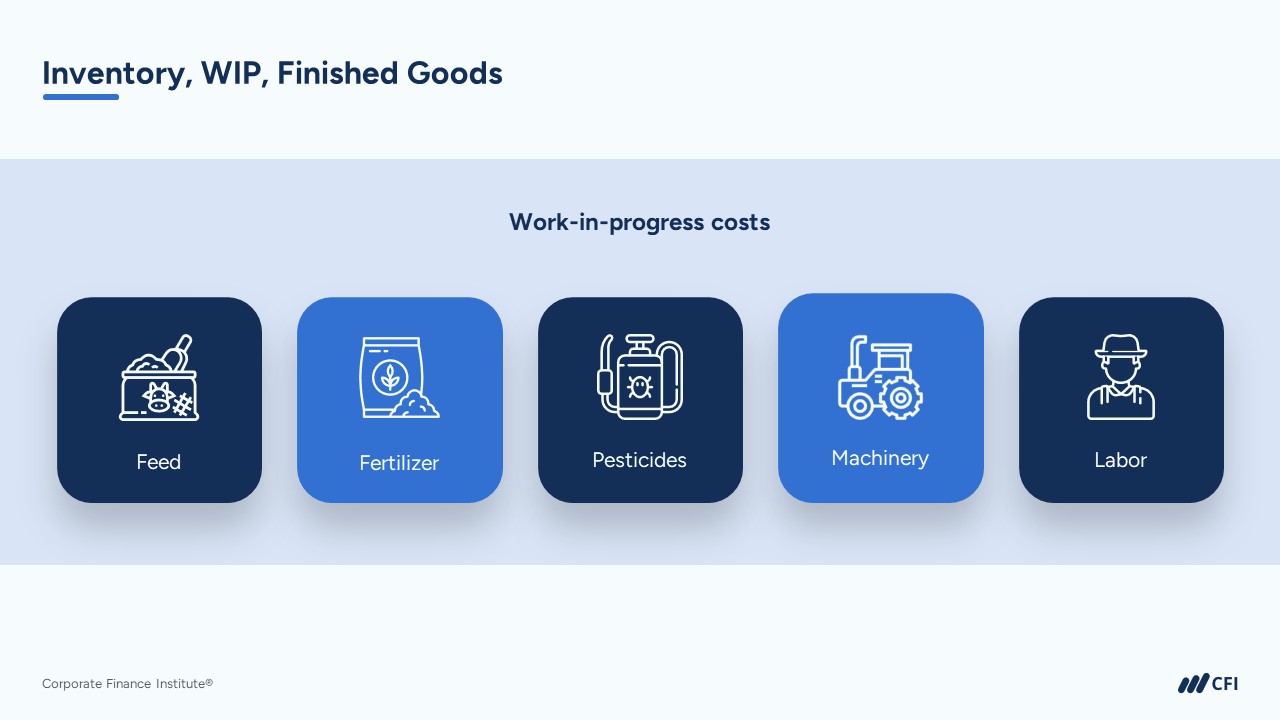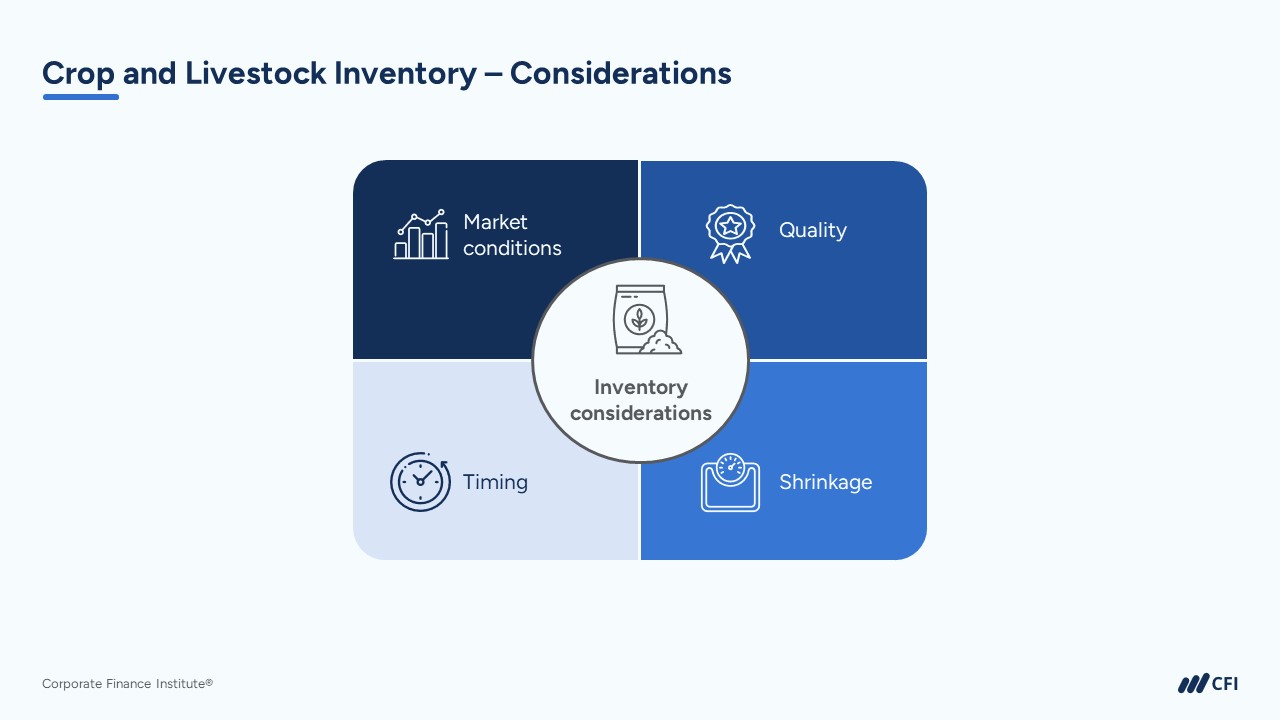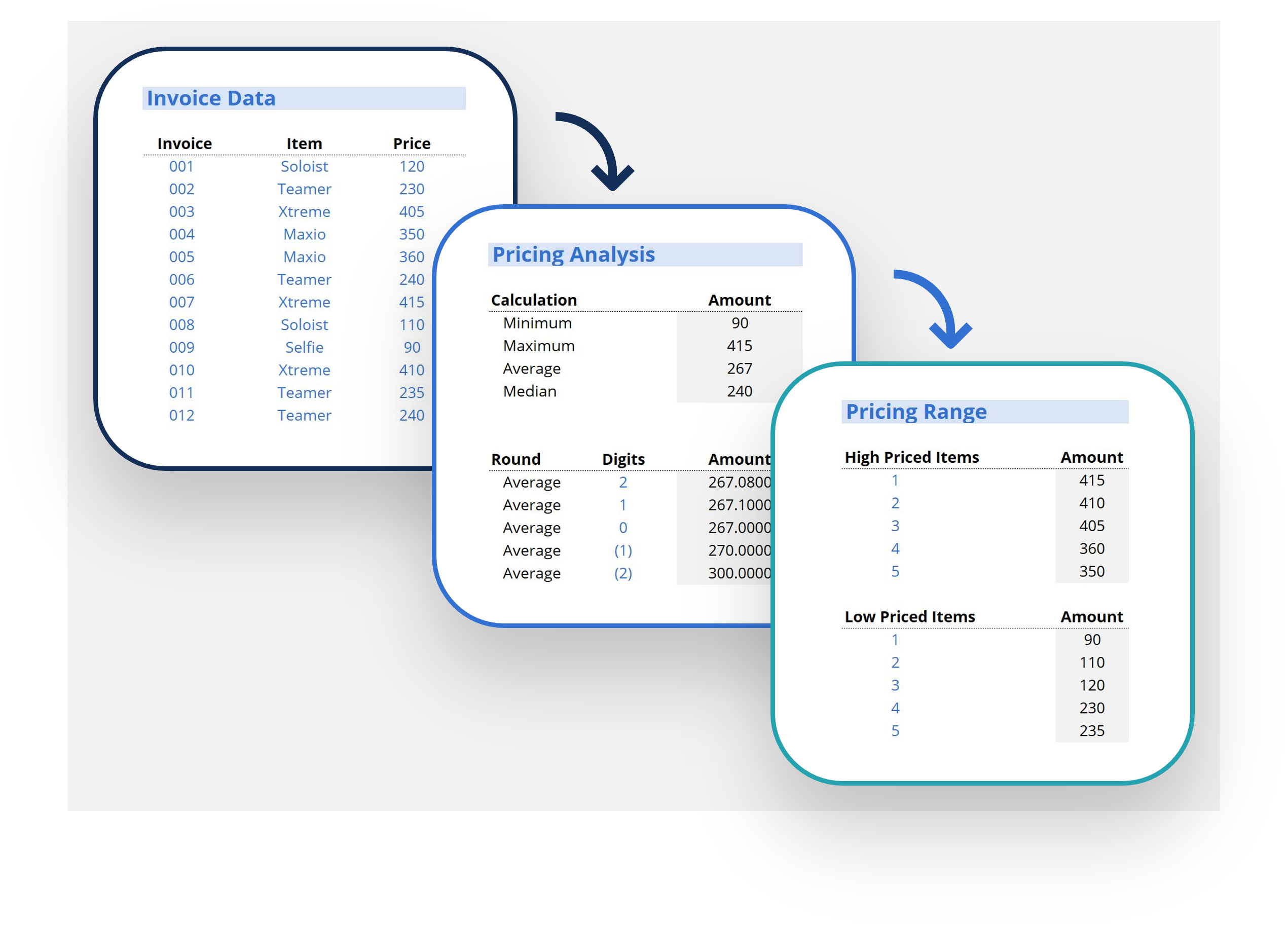Overview
Agriculture Lending Fundamentals Overview
To meet the unique financing needs of agricultural producers, such as farmers and ranchers, lenders require a good understanding of the agriculture sector and industries involved. Although lending in agriculture may differ from other forms of commercial lending, lenders of all stripes can readily apply their skills and experience to seize opportunities and delight clients in this substantial market.
Agriculture Lending Fundamentals Learning Objectives
- Describe the working capital cycle and capital expenditures of agriculture producers, their potential funding gaps, and other financing requirements.
- Identify and analyze the qualitative risk factors that craft the risk management picture for ag lending professionals.
- Highlight and evaluate the classes of productive farm assets that serve as collateral.

Who Should Take This Course?
This agriculture lending fundamental course is perfect for aspiring or beginning-level agriculture lenders, including general business and commercial bankers, credit analysts, equipment finance, loan & mortgage brokers, and sales and customer service staff who work with farm producers.
Prerequisite Skills
Recommended skills to have before taking this course.
- Critical thinking
Agriculture Lending Fundamentals

Level 3
1h 17min
100% online and self-paced
Field of Study: Finance
Start LearningWhat you'll learn
Introduction to Agriculture Lending
Qualitative Analysis
Productive Assets
Fixed Assets
Course Summary
Qualified Assessment
This Course is Part of the Following Programs
Why stop here? Expand your skills and show your expertise with the professional certifications, specializations, and CPE credits you’re already on your way to earning.
Commercial Banking & Credit Analyst (CBCA®) Certification
- Skills Learned Financial Analysis, Credit Structuring, Risk Management
- Career Prep Commercial Banking, Credit Analyst, Private Lending






